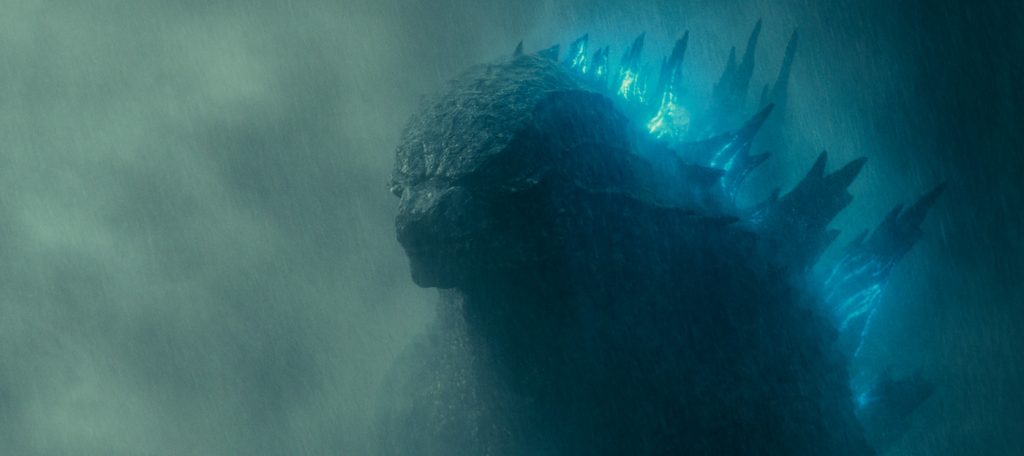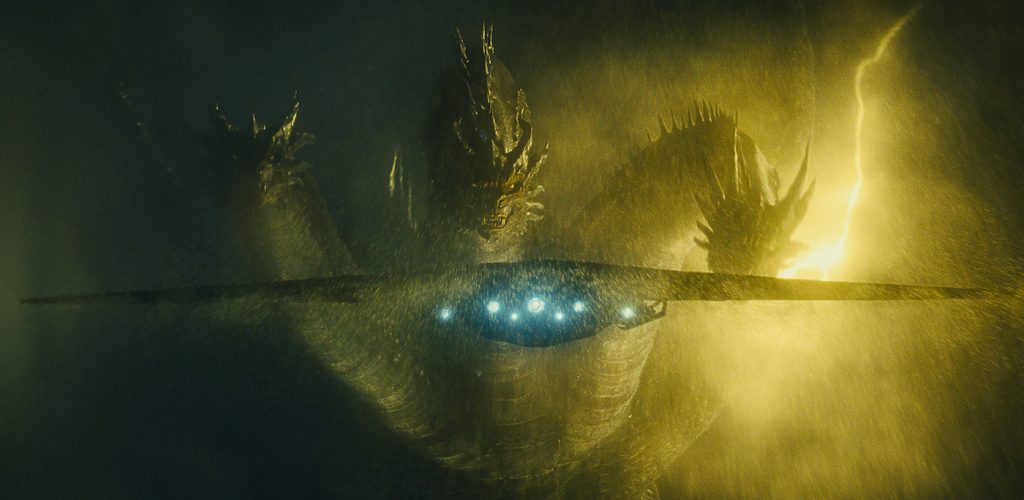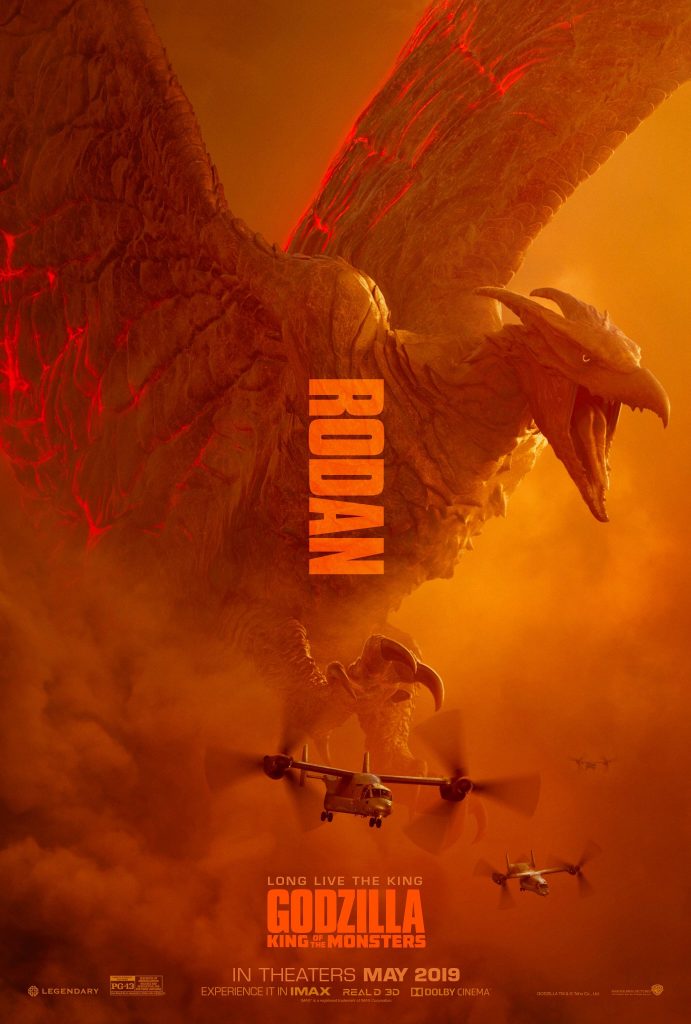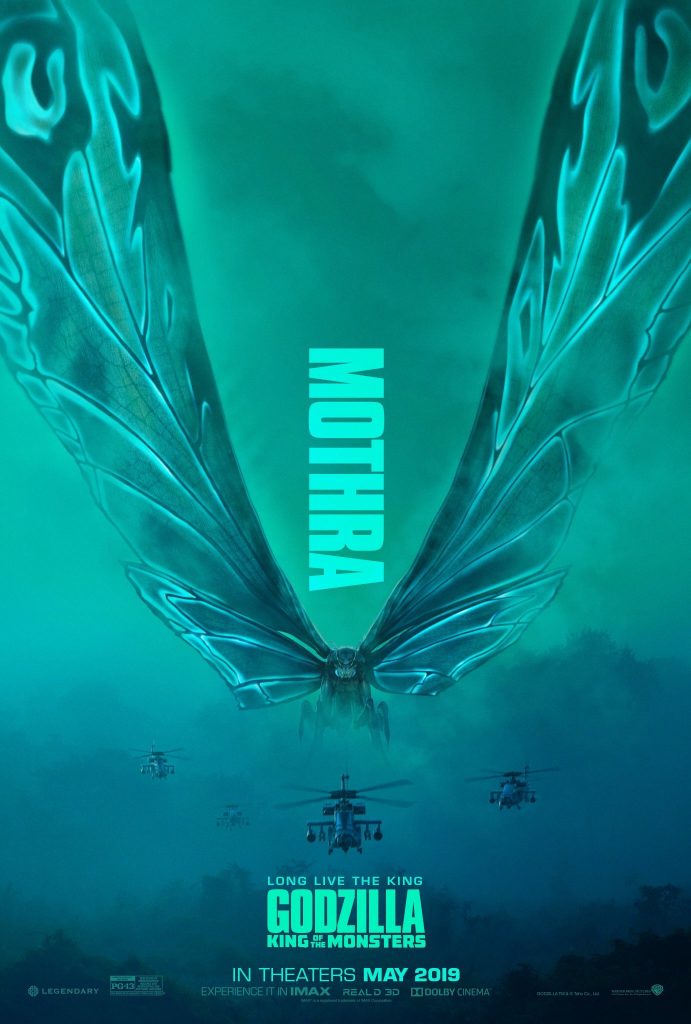Godzilla: King of the Monsters’ VFX Supervisor on Giving Mythic Dimension to the Titans
Godzilla first came to life in 1954 when actor Haruo Nakajima put on a sweltering 220-pound suit and tromped around a Tokyo soundstage smashing miniature buildings. Orchestrated by special effects genius Eiji Tsuburaya, the black and white Godzilla, King of the Monsters terrified movie audiences and effectively birthed the Kaiju cinematic universe of radiation-mutated ogres. This summer, Godzilla: King of the Monsters version 2 relied on five visual effects shops to digitally resuscitate the gargantuan title reptile and fellow titans Rodan, Mothra, and King Ghidorah.
Moving Picture Company VFX Supervisor Guillaume Rocheron, who earned an Oscar for his pioneering contributions to Life of Pi, first reckoned with the lizard king five years ago when he helped design director Gareth Edwards‘ Godzilla reboot. “That was very much a documentary-style film shot in muted tones with a hand-held camera and treating Godzilla like a natural disaster,” Rocheron says. “Gareth had a lot of restraint about how much we showed the creatures, whereas on King of the Monsters, Godzilla is definitely the hero. Our approach was that we wanted the creatures to be seen as ancient gods, so the first thing we asked ourselves was: How do we showcase the monsters’ personalities?”
During pre-production, Rocheron worked with director Michael Doughtery, cinematographer Lawrence Sher, and writer Zach Shields to work out key sequences in exacting detail. “Everything was very designed so we could integrate our protagonists into these big tableaux,” he recalls. “We spent nearly a year on animation, framing these wide shots as very dramatic compositions with silhouettes and things like that. Mike wanted it to be like something out of Renaissance paintings so instead of shooting the movie and then marrying the CG to the live action, we took the reverse approach. We designed the shot first, from the standpoint of composition, lensing, color—all those things. We were very precise so that when Michael went to shoot the live-action element, it had to fit into this world that we’d already created.”
Here, Rocheron breaks down the digital DNA that defines Godzilla and his mutant mates.
Godzilla, Mr. Personality
“Even though Godzilla is basically a lizard, we were able to give it a personality by getting subtlety into his eyes. We showed how the eyebrows move, how the lips form, how the breathing affects areas of the face. In terms of his range of expression, we made massive bounds forward in our technology. In some sequences, the camera’s right on his face. You need to see that these creatures fought together 10 thousand years ago. At the same time, there’s this fine line because you never want Godzilla to be over-animated like a cartoon. We also gave Godzilla blue fins that light up, like what you see in bioluminescent jellyfish and deep sea fish transformed to giant scale.”

King Ghidorah, Evil Three Ways
“Ghidora’s the bad guy with three heads, two tails and a set of wings, which for us means we had three creatures to animate,” Rocheron says. “The first thing Mike requested is that Ghidorah couldn’t look like a western dragon. Asian dragons are more snake-like, so instead of traditional dragon references, we looked at cobras. The second thing was that each of the heads had to have a different personality. We treated the heads like a pack of wolves, where there’s always an alpha who drives the pack but each wolf has its own personality. With Ghidora, the alpha is the center head. The left head is reckless and curious, and then we designed the right head to be more aggressive.”
Ghidora’s movements were modeled in part on footage of actors in motion capture suits responding to different stimuli. Rocheron says, “Each human controlled one neck and one head. We’d put these three actors next to each other and say ‘Imagine Godzilla is facing you.’ Each person had different timing and reacted in a different way, which was an excellent reference for studying how three brains react to the same thing.”

Rodan, Flying Like an Eagle
“Rodan is kind of a dinosaur, but not really,” Rocheron says. “He’s more like a calcified giant bird that rises from a volcano after thousands of years, so it was about creating a calcified creature who’s always sort of emitting lava and embers.” In terms of Rodan’s movement, he says, “We looked at quite a few videos of eagles in slow motion. There’s something about the movement of their wings in the way that eagles take off and then when they land…eagles have quite a bit of velocity. When he flies over the city, he basically levels everything. And then in the battle with the fighter jets, there were a lot of elements that went into Rodan.”

Elegant Mothra
“In the original movies, Mothra looks very much like a giant moth, which is not particularly glamorous or compelling,” Rocheron says. “Our director Michael wanted Mothra to look feminine, delicate and deadly at the same time, so she needed to have elegant curves to the silhouette. We used colors on the wings to create beauty, almost giving Mothra the look of a kind of angel in the sky, especially when our character Mark (Kyle Chandler) looks up and sees her. Which goes back to this idea of wanting to make the creatures look like mythological beings.”

Godzilla: King of the Monsters is in theaters everywhere.
Featured image: Caption: KING GHIDORAH in Warner Bros. Pictures’ and Legendary Pictures’ action adventure “GODZILLA: KING OF THE MONSTERS,” a Warner Bros. Pictures release. Photo Credit: Courtesy of Warner Bros. Pictures



